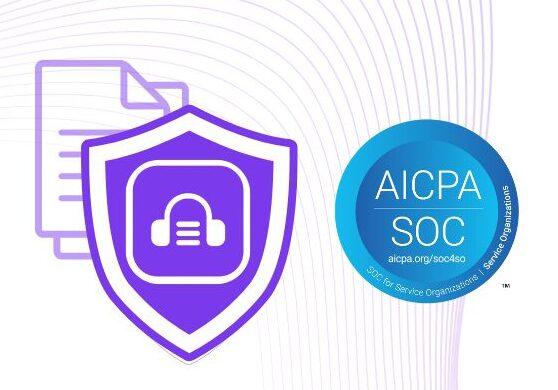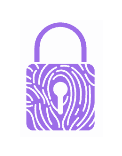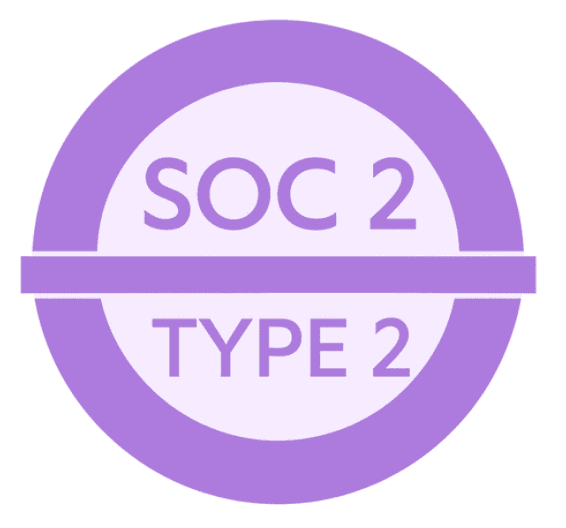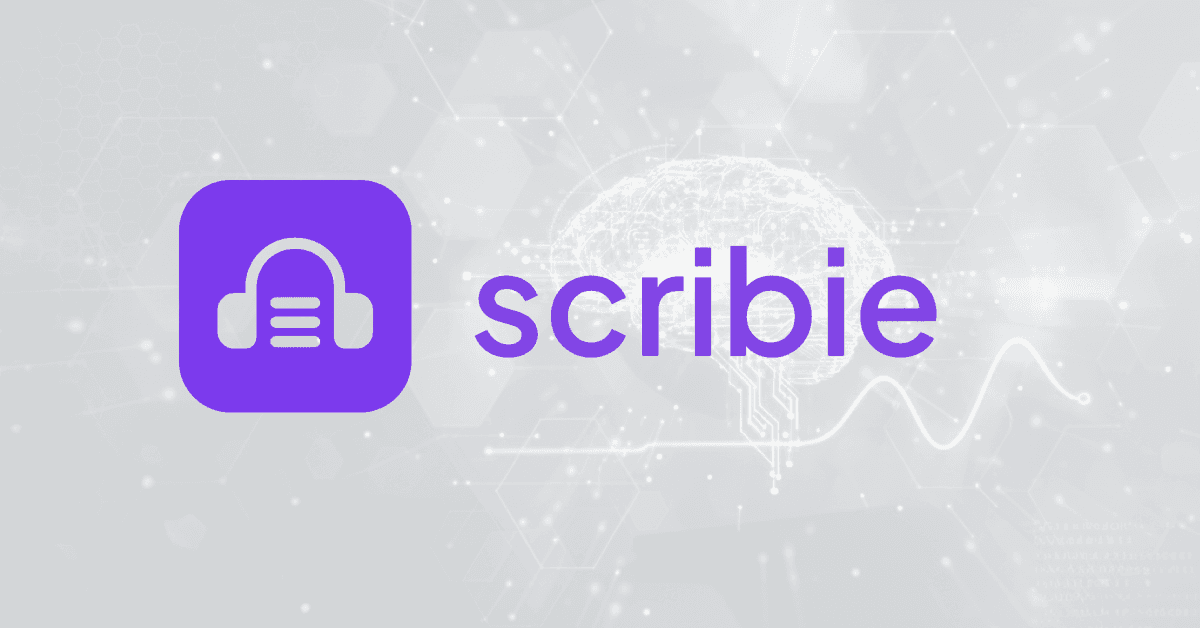
We’ve Achieved SOC 2 Type 2 Compliance: A Milestone in Our Data Commitments
Scribie has successfully achieved SOC 2 Type 2 compliance for Security, Availability, and Confidentiality across our human-transcription services. This milestone represents years of dedicated work and demonstrates our unwavering commitment to protecting your data and maintaining the highest standards of data practices and service reliability. What is SOC 2 Type 2 Compliance? SOC 2 (Service […]













